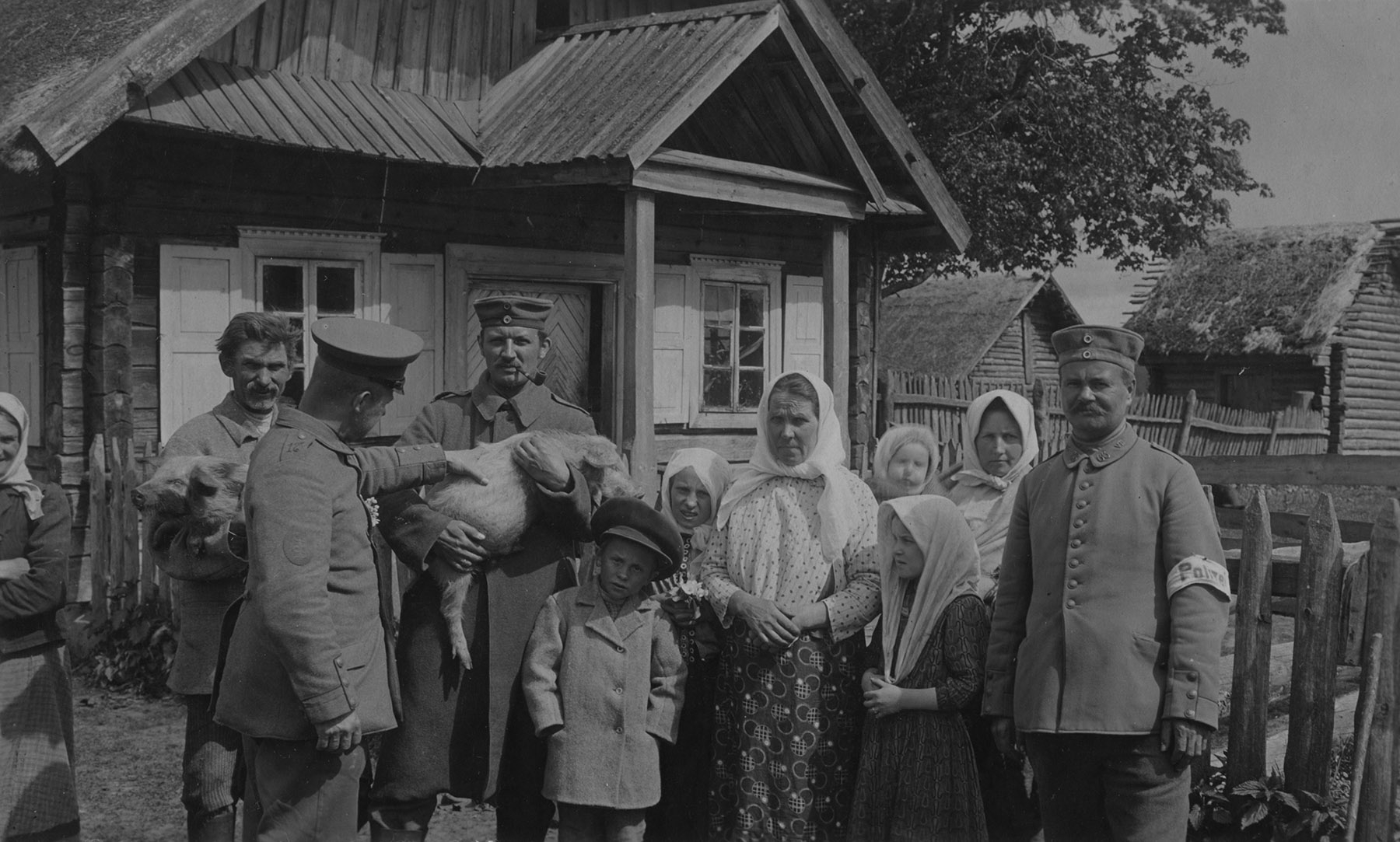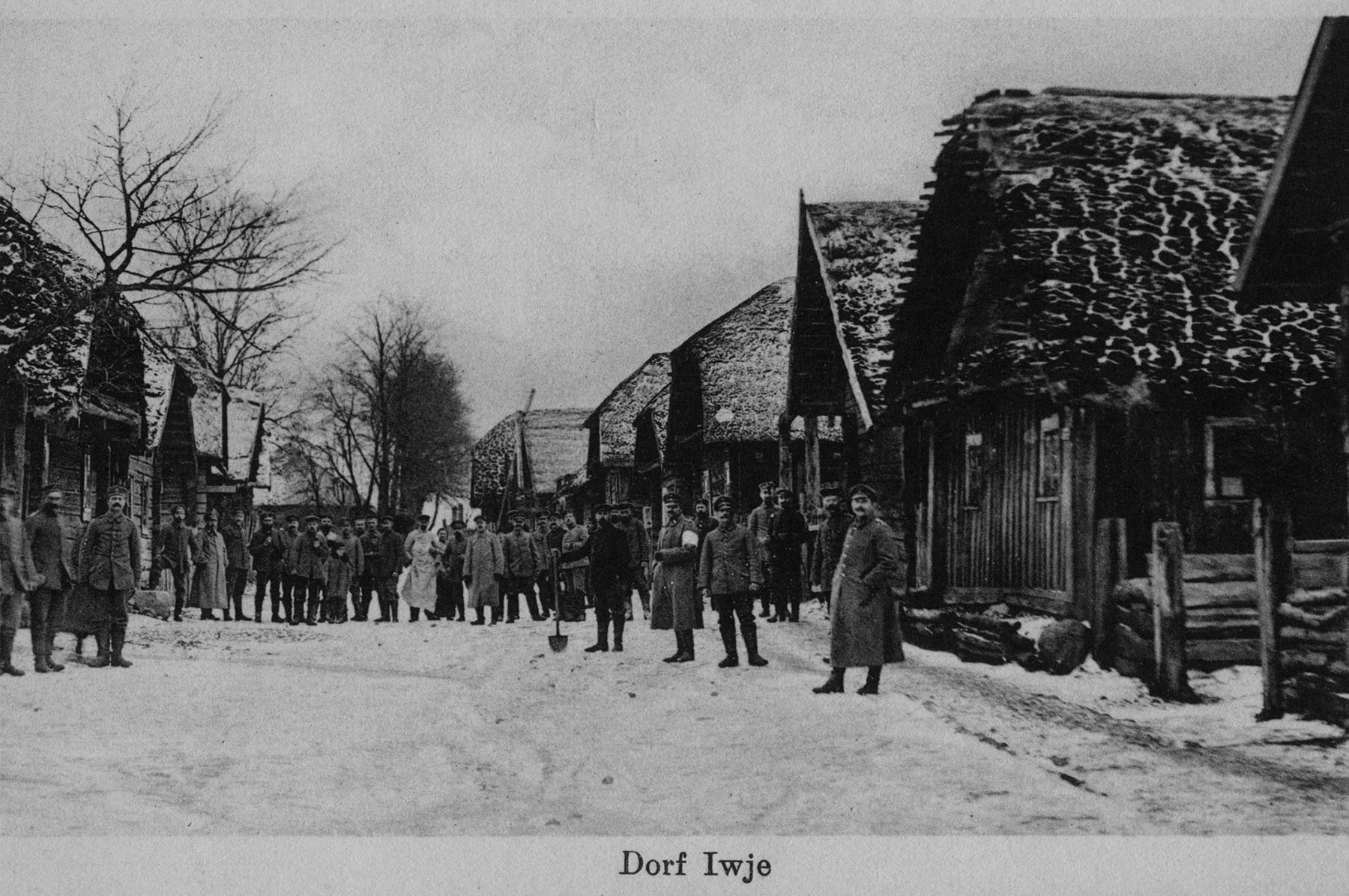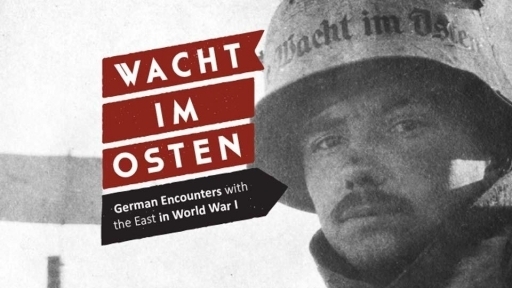A new Eastern Front exhibition at America’s National World War I Museum in Kansas City is a timely reminder of an often overlooked aspect of the Great War, writes Patrick Gregory.
Wacht im Osten or ‘Watch in the East’ sets out to explore the human impact of the experience of entering and controlling a vast sprawl of newly conquered lands through the eyes of German soldiers serving on the Eastern Front.
The crushing German victory in the Augustów forests, east of the Masurian Lakes in Poland in early 1915 gave an early indication of the difficulties which would be faced by often poorly organised Russian armies trying to defend the empire’s sprawling western borders. Gains made by them in Galicia in the March of 1915 were quickly reversed by a German counter-attack at Gorlice in south-eastern Poland in May and the retaking in June of the cities of Przemyl (Poland) and Lvov (modern-day Ukraine).
Russian retreat
Whilst Russian forces did manage – during the fighting which followed – to hold the German armies at bay long enough to allow an orderly retreat of their more exposed forces in western Belarus, the picture was indeed one of an empire ceding ground.
By October 1915, the Russian retreat could be marked in a line running from the Baltic Sea just west of Riga southward to Czernowitz on the Romanian border. Poland and territories in Lithuania, Belarus, Ukraine and Courland (western Latvia) had all been ceded and it was this vast and unfamiliar landscape which the German forces now found themselves occupying.
So the National World War I Museum’s exhibition is a timely reminder of what is often that most overlooked aspect of the Great War, the war on the Eastern Front; and it is all the more powerful because it sets out to try to see the war with a fresh eye, through the eye of the occupier in a strange land.
 Georg Oertel with civilians and other German soldiers; he is on the left, touching the pig held by another soldier (Image courtesy of National World War I Museum)
Georg Oertel with civilians and other German soldiers; he is on the left, touching the pig held by another soldier (Image courtesy of National World War I Museum)
The exhibition’s narrative is captured primarily through the experiences of two German soldiers, Georg Oertel and Friedrich Volkmann. Oertel served in a medical capacity, working in a field hospital in Poland and indeed one experience has him helping deliver a farmer’s baby during a Christmas holiday. Volkmann meanwhile was a father of two who served in the infantry in Poland who ultimately died there. Together they are experiences of soldiers far from home in a foreign land.
Professor Vejas Liulevicius of the University of Tennessee has described the German experience in these new lands as that of developing a collective new ‘mindscape of the East’. What had initially been encountered as a ‘complicated weaving of “lands and peoples”’ increasingly came to be seen as a process of coping with new domain of territory and races to be ordered by German rule.
An example of this might be seen in the Belarusian village of Iwje, which is depicted using commercial photo postcards and illustrating as it does its diverse mix of religious cultures, including Christian, Jewish and Muslim.

(Image courtesy of National World War I Museum)
The new landscape challenged the new, and often young recruit: a steep learning curve for the average soldier; but in time these men managed to deal with their new environment, interacting with the people but also subduing it with constant guarded watchfulness.
‘This special exhibition is unique in that we share the stories and experiences of common soldiers tasked with overseeing the occupation of foreign lands’, says National World War I Museum and Memorial archivist Jonathan Casey. ‘Through their own personal photographs and diary entries, we’re able to gain an understanding of everyday life for soldiers in those circumstances.’
It is a point picked up by the museum’s director Matthew Naylor: ‘Through Wacht im Osten, we’re able to explore an aspect of the Great War not commonly examined broadly – what life was like for soldiers serving as occupiers in lands previously unfamiliar from a cultural and environmental standpoint’.
Wacht Im Osten: German Encounters with the East in World War I is at the National World War I Museum & Memorial, Kansas City, from October 25, 2016 – March 12, 2017.
Also in Centenary News:
The Latvian Rifles on the Eastern Front, explored by Patrick Gregory
Information & images supplied by National World War I Museum & Memorial
